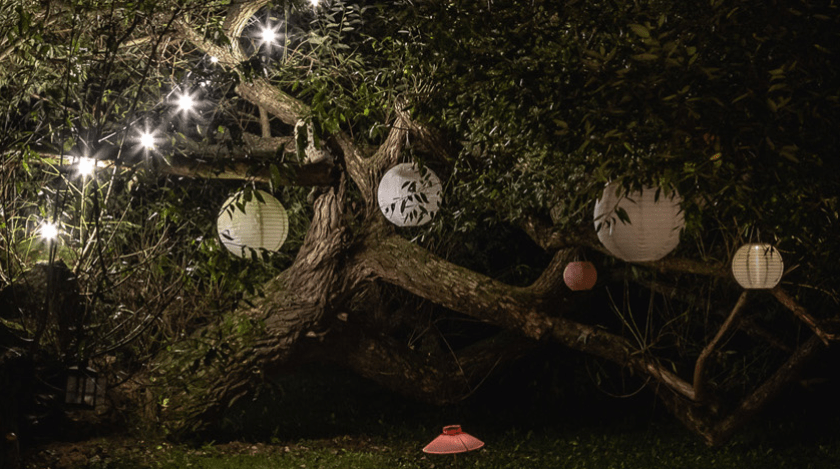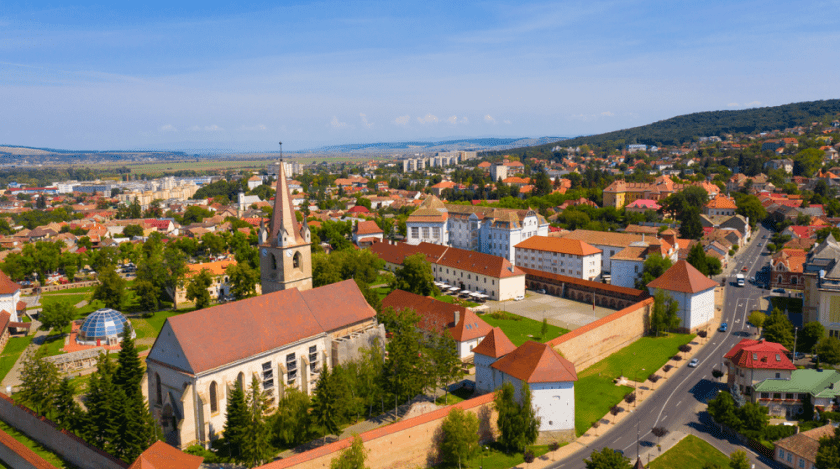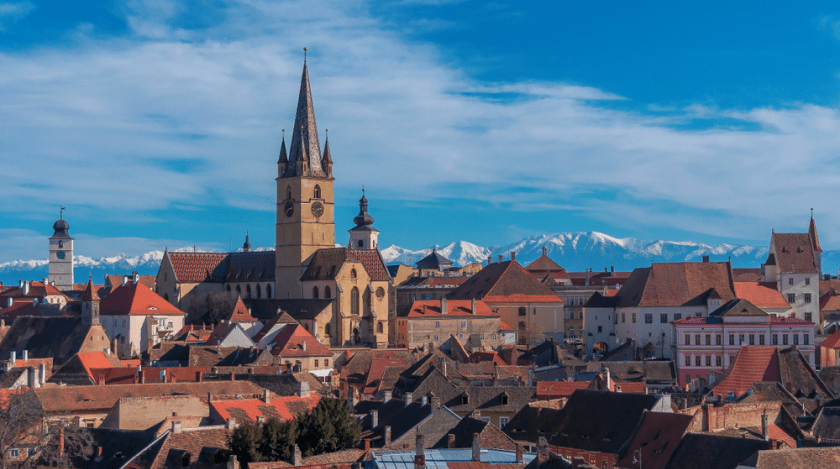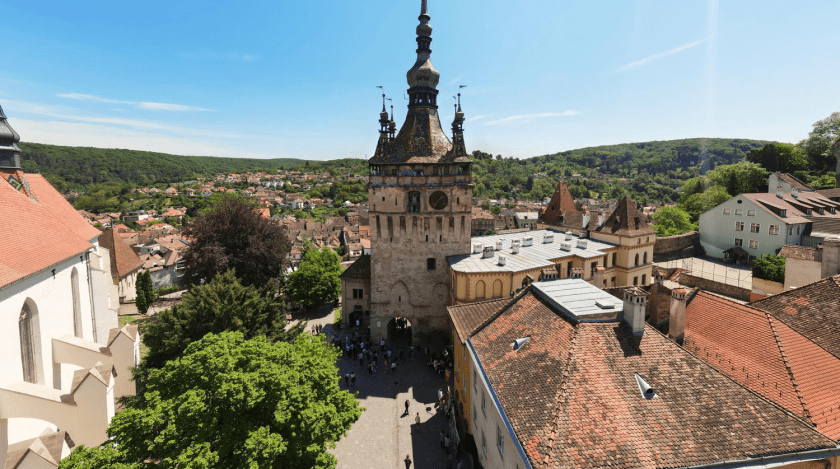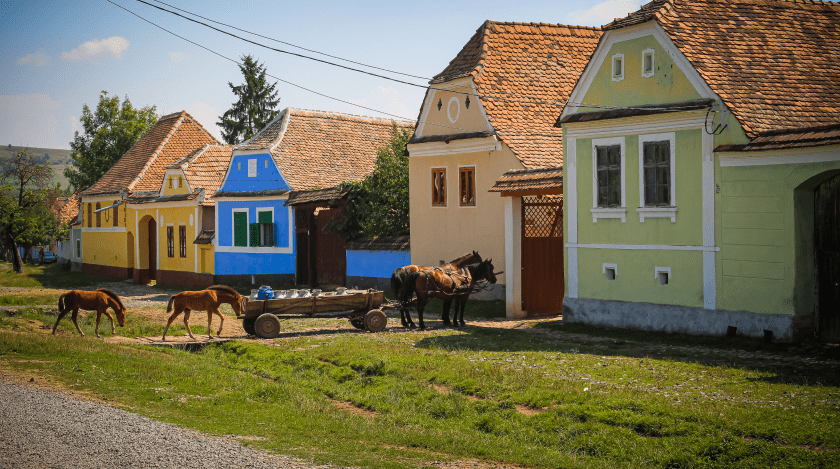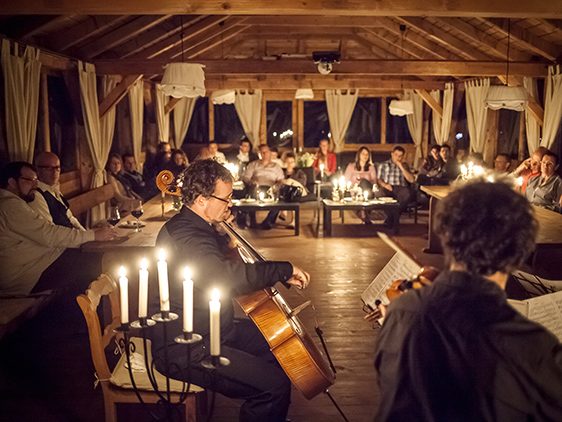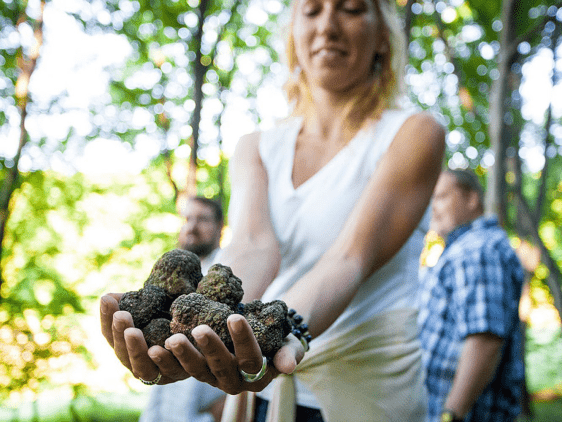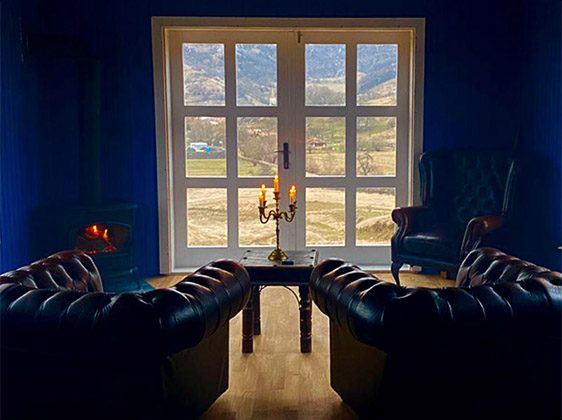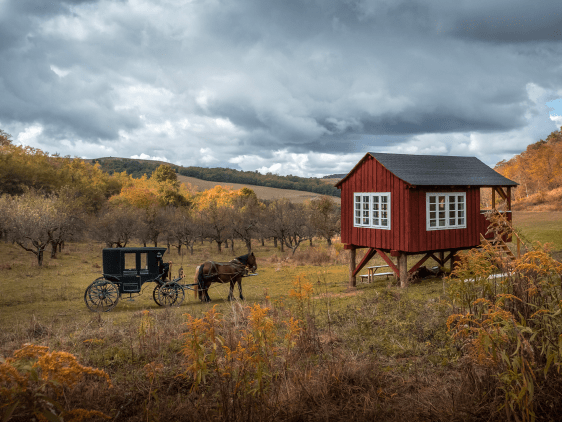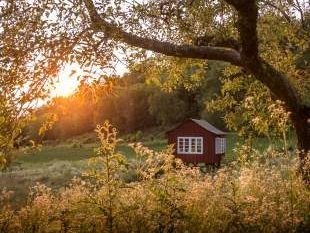Good to find! In the previous article we talked about the Transylvanian treasures that you can visit near Cund: Viscri, Saschiz and Biertan. Tourists travel thousands of miles from all European cities to see them, and we can’t be happier that they are so close to our small village. In this article we will make a stop in Sighisoara Fortress, Vlad Dracul’s house.
Sighișoara Fortress
Sighişoara (Mureş County) is located 30 km from Cund village. The fortress of Sighisoara is known as the best preserved city fortress in Transylvania and also the largest medieval fortress in Europe inhabited without interruption, registered in the UNESCO world cultural heritage.
The colorful buildings, the clock tower, the covered staircase, the church on the hill are tourist attractions that make this place so popular with its visitors.
Documented for the first time in 1280 under the name of Castrum Sex, later with the German name Schespurch (1298), the fortress dates, in fact, from 1191. Its location at the intersection of important trade routes, Sighișoara developed quite quickly. In 1337 it had become the capital of the “Sighișoara Chair”, and in 1367, it had acquired the rank of “Civitas” (fortress, city). The main activity in the fortress was trade and crafts. The latter were organized into guilds (associations): shoemakers, butchers (carpenters), locksmiths, wood turners, blacksmiths, furriers, cloth weavers, glove makers, painters, rotators, goldsmiths or tailors. Many of the handicrafts of those times can be admired at the city museum.
Șighișoara is also known for the reign of Vlad Țepeș (1431 – 1476). Vlad Dracul’s son has gone down in history as a very severe leader, who was stabbing his enemies.
Returning to our days, we will review the tourist objects from Sighișoara Fortress:
The clock tower
The tower had a protective role for the Sighișoara Fortress and is a proof of the financial power of the people of Sighișoara at that time, who wanted a towering and majestic tower, as they were in other important Transylvanian cities.
The tower is 64 m high, has a Baroque-style roof and a balcony with a beautiful panoramic view. The four turrets at the base of the roof symbolize the judicial autonomy of the city. Until 1556, the first floor of the tower was the seat of the City Hall.
Craftsmen’s towers
The old fortress provided a series of towers used by craftsmen’s guilds: the Tanners’ Tower, the Tinsmith’s Tower, the Goldsmiths’ Tower, the Frangherilor Tower, the Butchers’ Tower, the Furriers’ Tower, the Weavers’ Tower, the Tailors’ Tower, the Shoemakers’ Tower, Lăul Dog’s Tower. Some of them were demolished to make way for other buildings currently in use (the Catholic Church, the Administrative Palace) or even the pavement for the Citadel.
Ecclesiastical architecture
The ecclesiastical architecture received a special attention in the Sighișoara Fortress. Proof is also the inscription on the old coat of arms: “Nomen Domini turris fortissimo” (“The name of the Lord is the greatest tower”).
Of the 9 churches, chapels and monasteries built over time, 3 remained standing: the Monastery Church, the Hill Church and the so-called “leper church”.
Sighisoara houses
In the fortress are preserved about 160 houses at least 300 years old, all considered historical monuments. Most were built after the great fire of 1676.
An original construction is the “School Stairs” or “Covered Stairs”. It was used by high school students in the city. It was built between 1660 and 1662, originally had 300 steps, in 1842 it was modified and remained with 178 steps. In its current form, it is a building with a stone foundation, wooden walls and a shingle roof.
Citadel Square
A perfect place to stop, on one of the terraces where you will find local dishes and traditional papanas. In the past, the Citadel Square was the place of trial and commercial market. In the square was the “Pillar of Infamy”, a stone column with iron rings and a tribune on which the judgments were held. Most of the executions took place on the Hill of the Cross, outside the city.
Sighisoara is a destination we always return to with pleasure and we are convinced that you will fall in love with it, right from the first visit. And at the end of the day, we are waiting for you in the Valea Verde restaurant to listen to your stories, by the fire, tasting a local wine variety, maybe even from Sighișoara!
Photo source: cetateasighisoara.com
